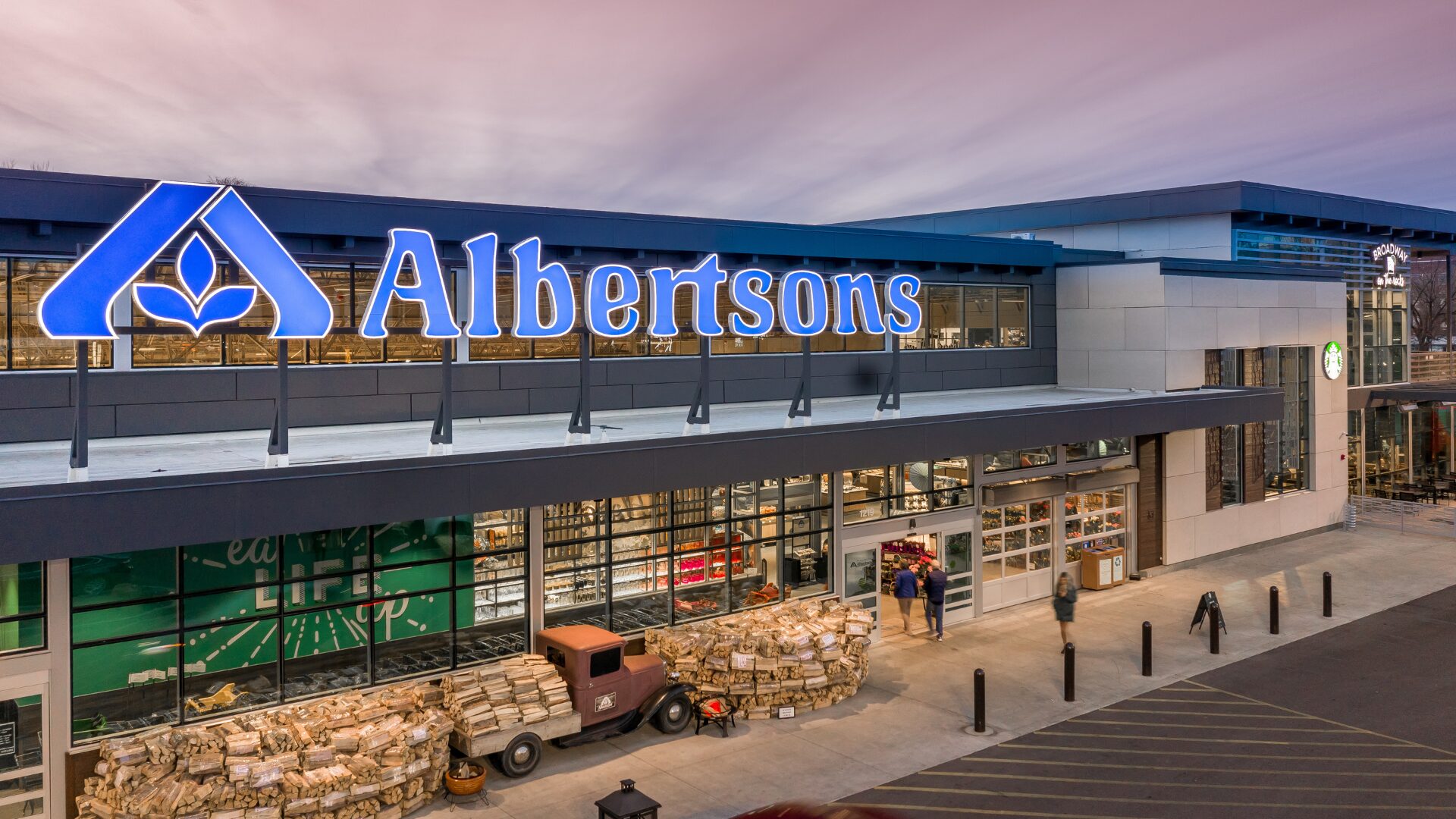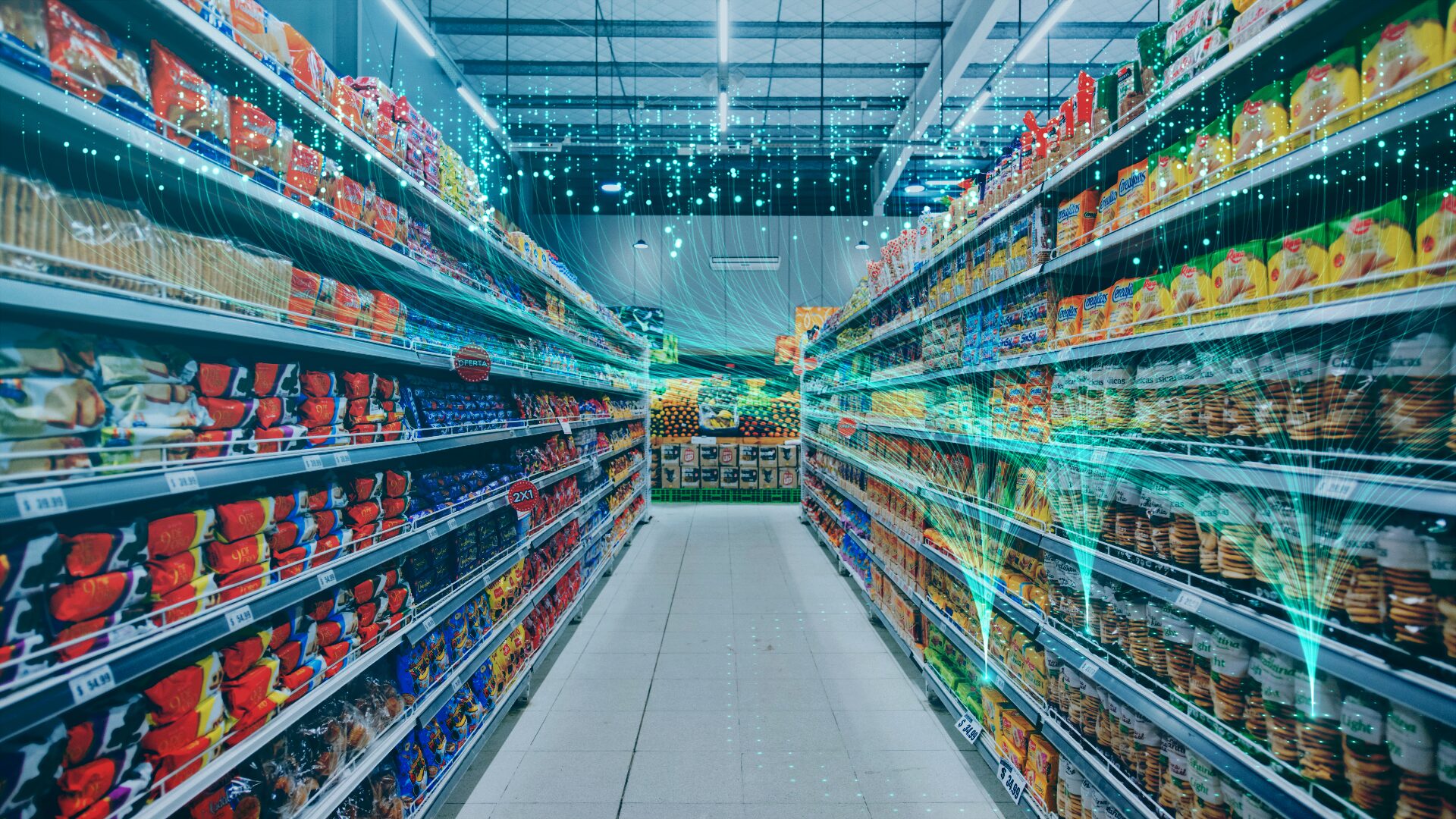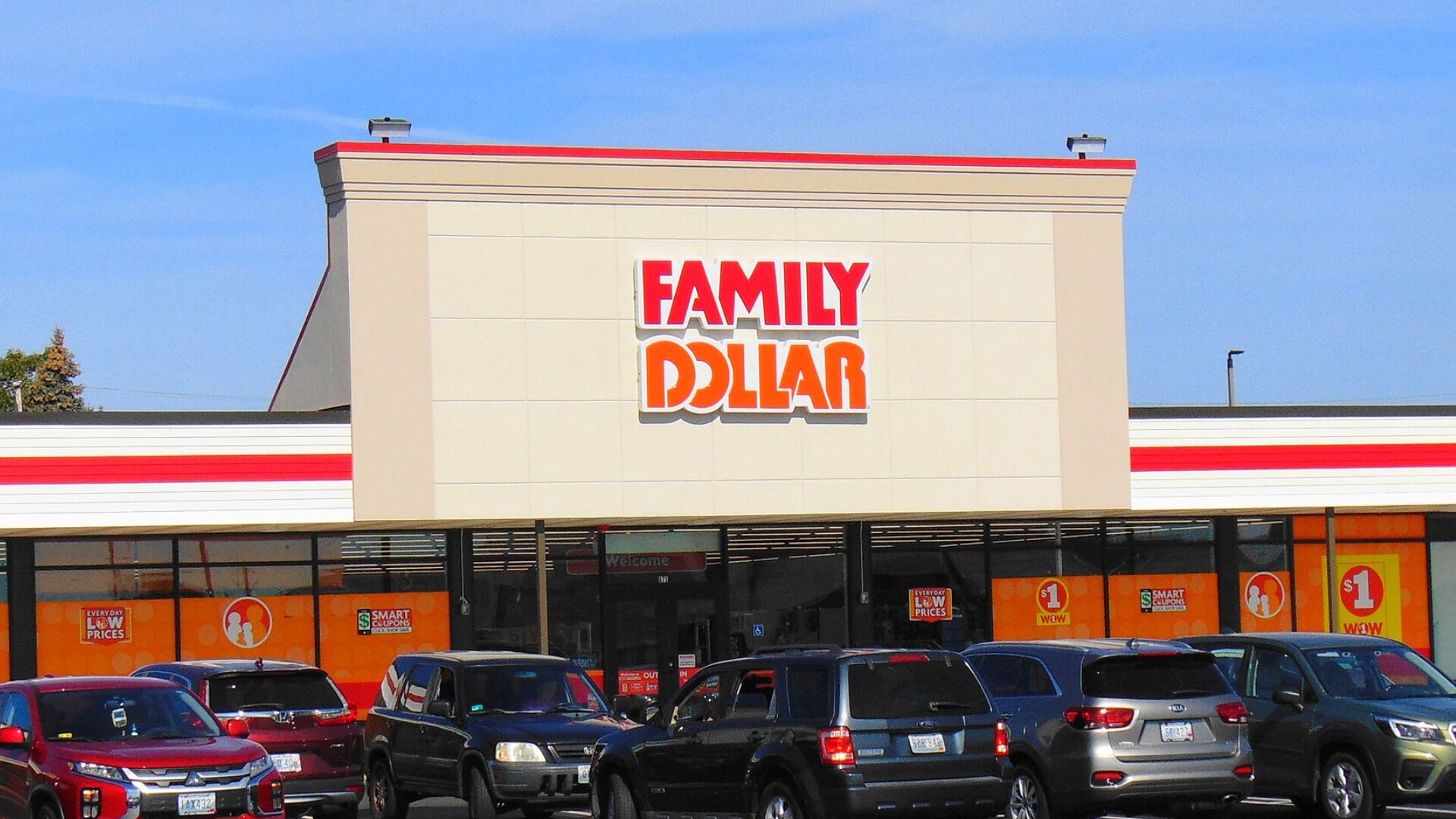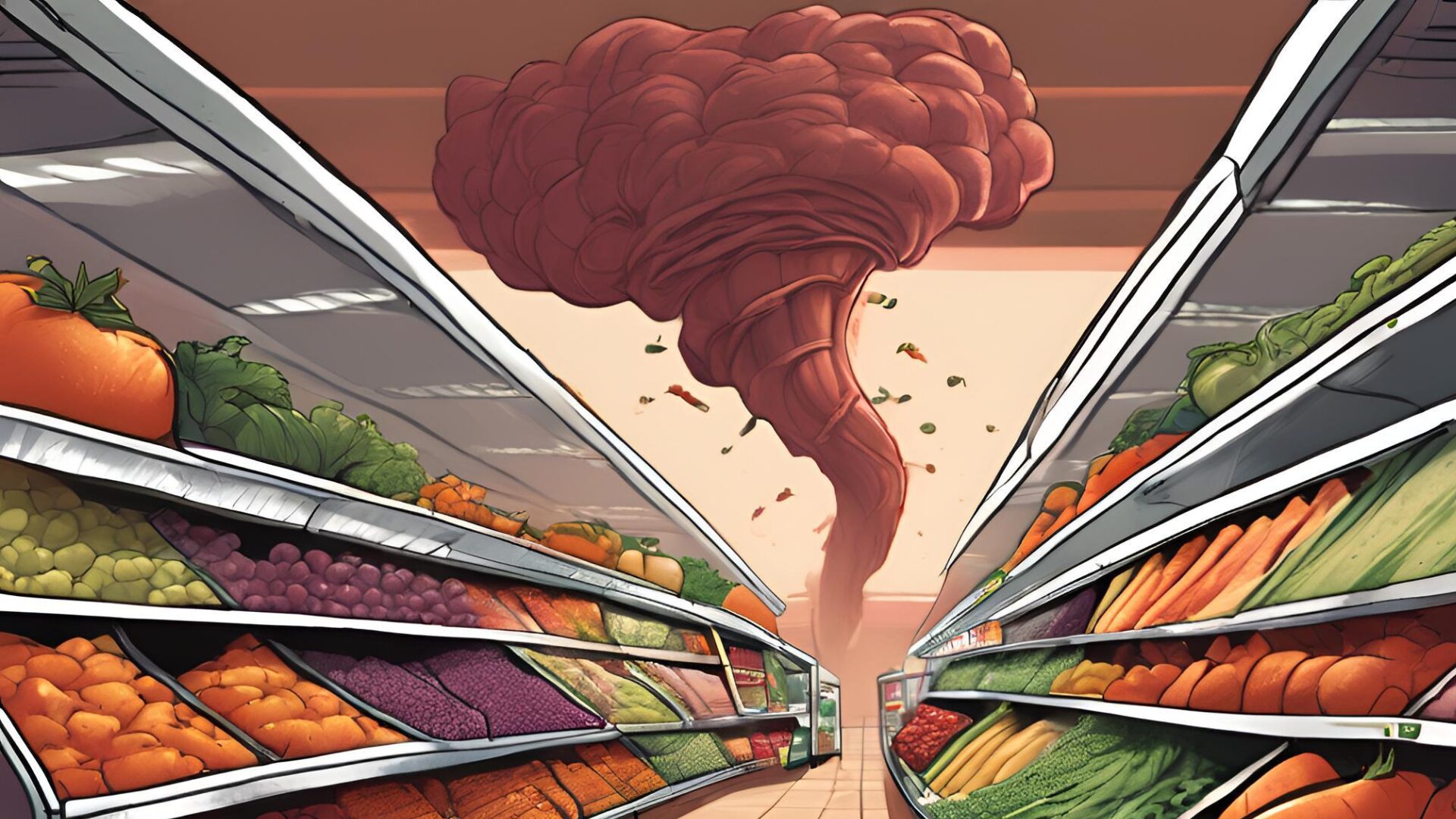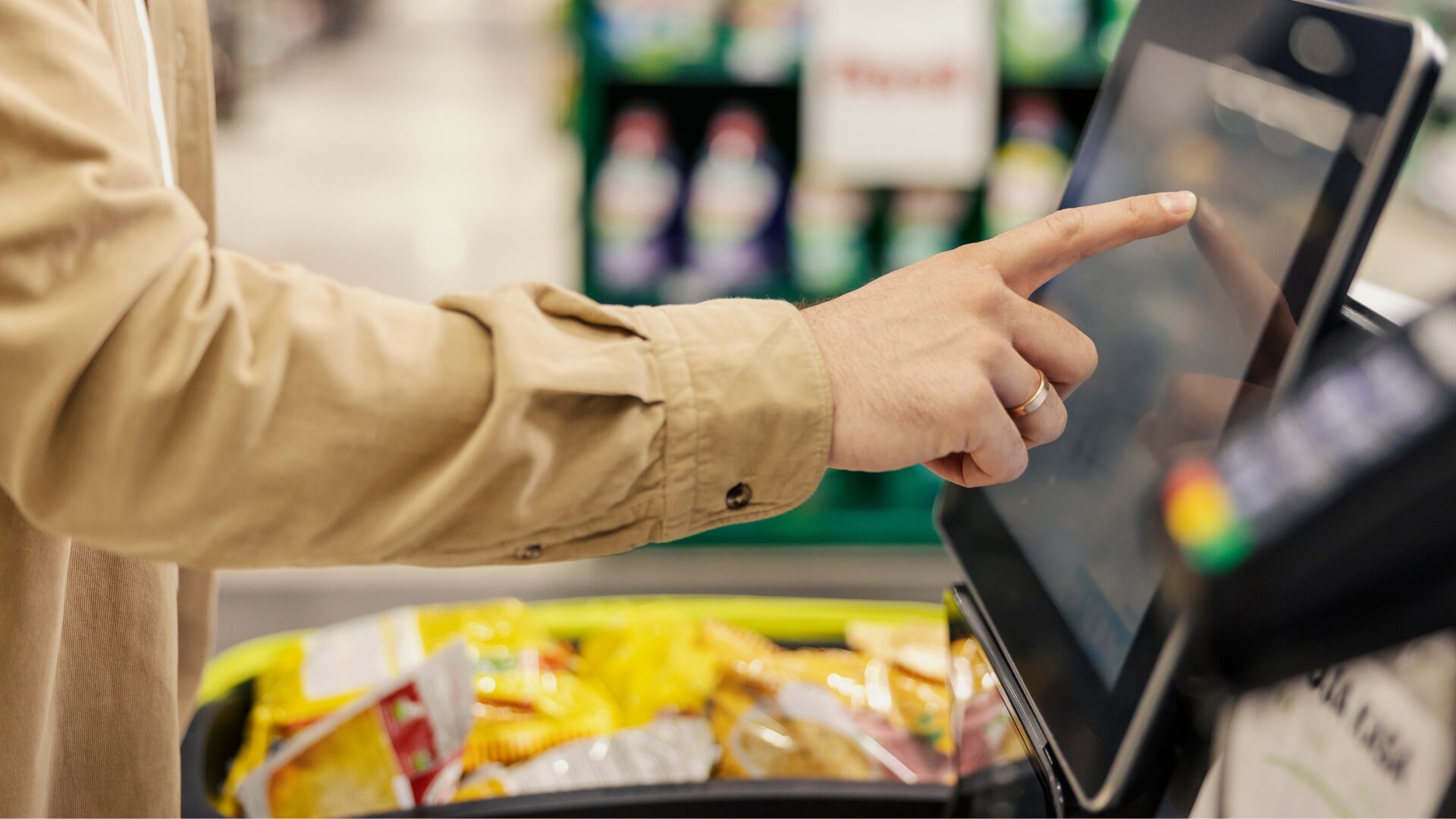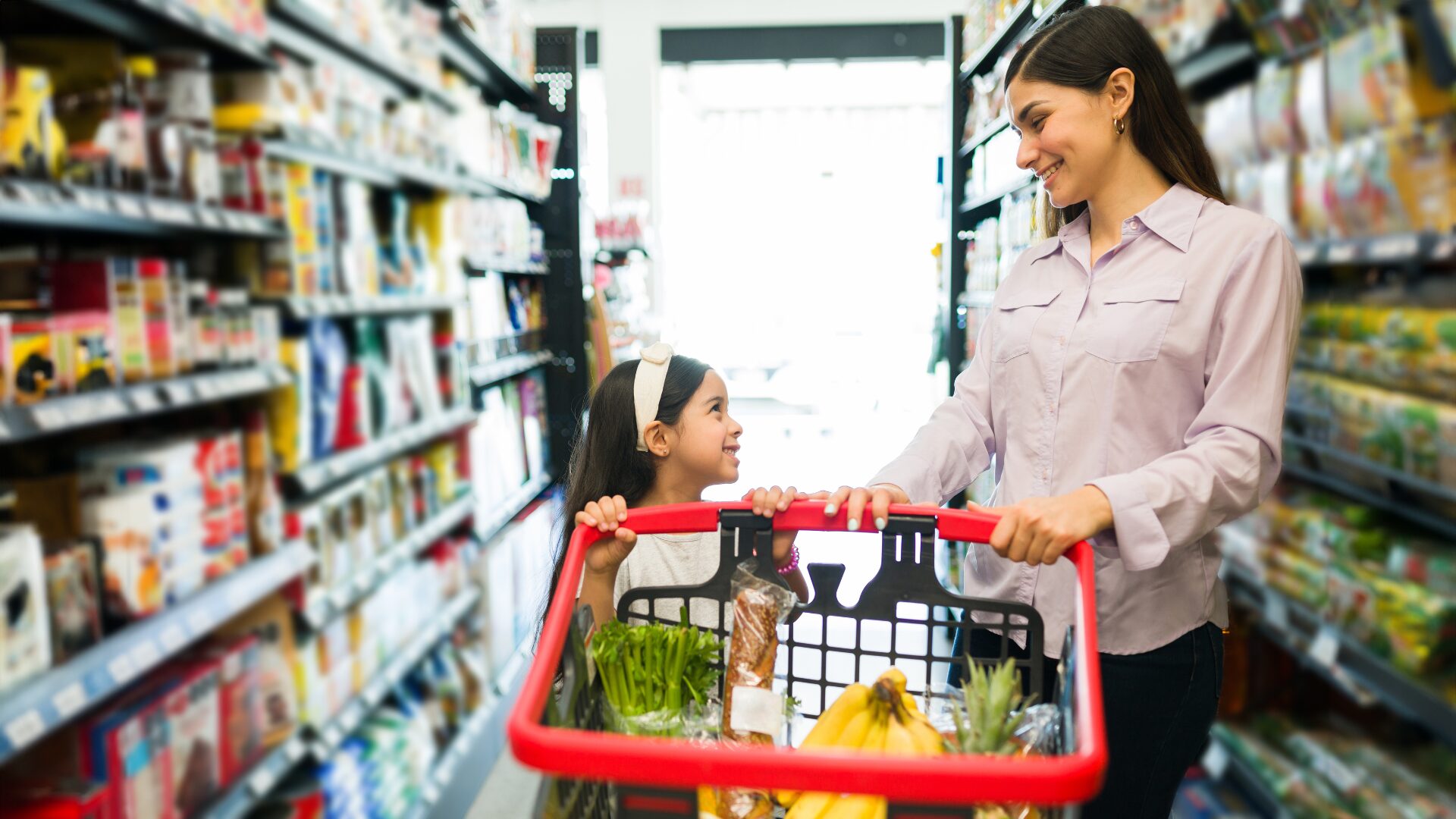Retailers are preparing to ramp up digital sales for the holidays by testing new services and staffing.
Annual digital grocery sales will cross $150 billion by 2025, growing 26% on a year-over-year basis and will account for 13.5% of all U.S. grocery sales in 2024, up from 2.7% in 2019, according to the Grocery Digital Maturity Benchmark study from Incisiv and Winsight Grocery Business.
Two of the top 10 performers by digital maturity Target and Walmart are staffing stores differently to meet new competitive challenges, as well as attract workers and control payroll cost. Companies are using their stores to handle deliveries or convince shoppers to pick up orders rather than wait for an Amazon package.
Target reported sourcing 80% of its online orders from stores, not warehouses. At its Brooklyn store, around 80 workers handle internet orders, collecting products from shelves or putting items into boxes in the backroom for deliery.
The company retrained most of its 300,000 year-round U.S. workers over the past year, giving them new titles and responsibilities. The aim is to mold each into an expert for a specific area of the store such as the beauty department, toys or online fulfillment, to offer better customer service and use labor spending more efficiently.
Target added technology on handheld devices to guide workers through the store more efficiently to gather or send out online orders. More workers are putting products on shelves during the day, not at night, to be able to help customers at the same time.
Walmart also asked more staff to stock goods during the day in recent years. It uses its stores to fulfill online grocery orders, and is increasingly relying on stores for other types of e-commerce orders, although most are shopped from dedicated warehouses.
Additionally, data shows online shopping will once again account for a larger percentage of total holiday sales compared with previous years, reported The Wall Street Journal (Dec. 1). Foot traffic to U.S. stores fell about 6.2% on Black Friday, as more people ordered online or went to stores on Thanksgiving Day, when visits increased 2.3%, according to ShopperTrak.
Meanwhile, Amazon is testing a new inventory storage service to help meet its next-day shipping pledge without overcrowding its warehouses or running out of products, reported Bloomberg (Dec. 2).
The new service, Amazon Storage and Replenishment, lets merchants stage inventory close to Amazon’s delivery operation so products can quickly be replenished. Amazon is testing the program in Ontario, CA, about 20 miles from its closest facilities and plans to expand the program to other locations around the country.
Amazon has had capacity challenges during the holidays, including Cyber Mondays. The company shares warehouse space with merchants that sell their products on its marketplace and already raised its storage fees during peak season to discourage clutter from those partners.
However, this presents the risk of merchants being overly cautious, leading Amazon to lose sales when items run out. It can also frustrate Amazon’s merchant partners when they get stuck with a big bill to stow products that are not selling.
The new service seeks to solve both issues by decluttering expensive facilities while having backup inventory close by. “Amazon is trying to figure out how to provide a logistics service merchants will pay for and not end up with warehouses full of items no one is buying,” said Juozas Kaziukenas, founder of Marketplace Pulse. “Many sellers are inexperienced in handling this and lose serious money on fees.”
For now, the service prohibits shoes and apparel, perishables and hazardous materials.
Most attention on Amazon’s logistics ambitions have focused on last mile delivery to customers homes. The company has been known to use United Parcel Service, the U.S. Postal Service and FedEx to make deliveries, but it is expanding its capabilities by creating a network of independent service partners who start their own businesses and hire drivers dedicated to making Amazon deliveries.
The new storage experiment shows Amazon is trying to control the “middle mile,” a critical stage of logistics connecting factories and ports with stores and shoppers’ homes. As retailers look to shorten delivery times, the middle mile must be reconfigured with more inventory stores closer to shoppers.
Two-day delivery to most of the U.S. can be achieved with only four shopping hubs, while next-day delivery to the same group requires about 16 hubs. Amazon’s push for next-day delivery is costing it more than expected. The cheap storage experiment is a way for Amazon to make the most of its existing facilities while continuing to invest in next-day delivery, according to Michael Levine, analyst at PIVOTAL RESEARCH GROUP.



